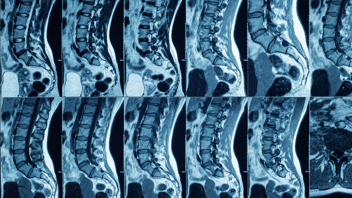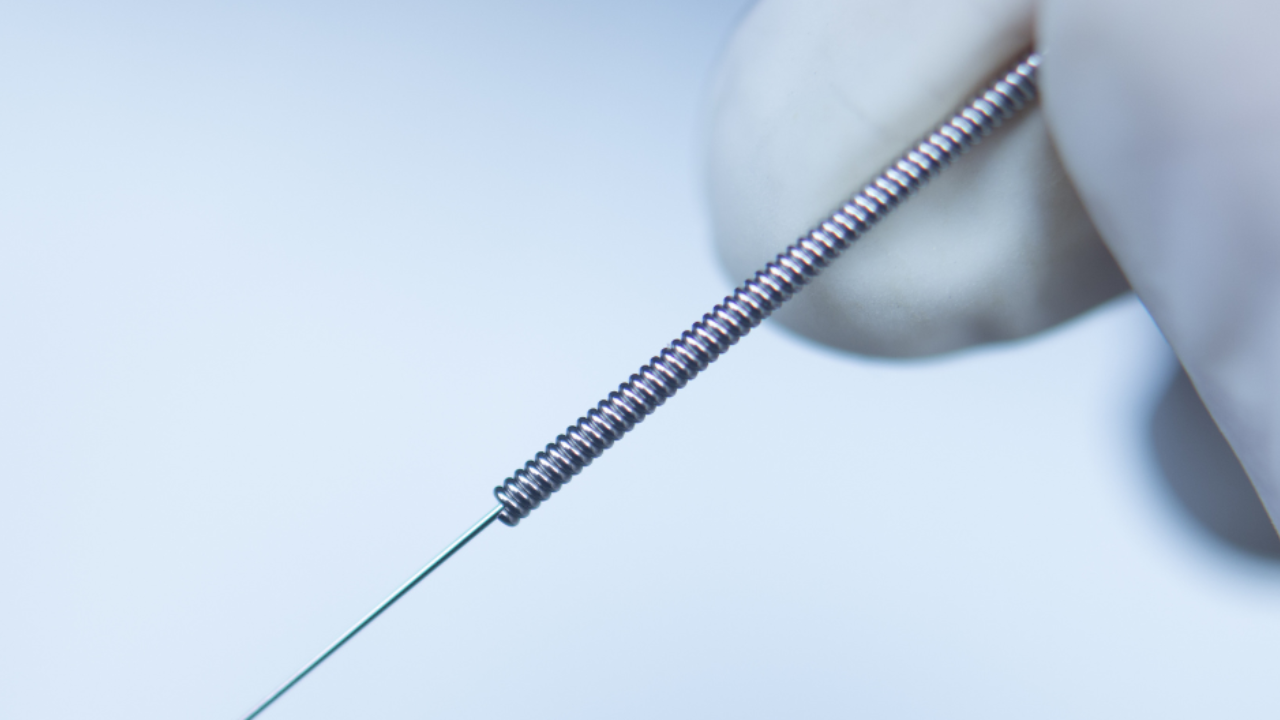

7 Things You Need to Know about Trigger Point Dry Needling (TrPDN)
May 18, 2023The practice of dry needling has been growing steadily in the field of physical therapy over the last several decades, gaining even more visibility in recent years. In 1984, Maryland was the first state to incorporate dry needling into its Physical Therapy Practice Act, with most other states and many other countries following suit.
With research in this field of study ongoing, we are understanding more about the benefits and applications of dry needling. Skilled practitioners use this technique to treat a multitude of common conditions involving muscles, tendons, ligaments, and other connective tissues. As a patient, it is important to understand some fundamentals of dry needling as you discuss with your healthcare provider whether or not this could be the right treatment for you.
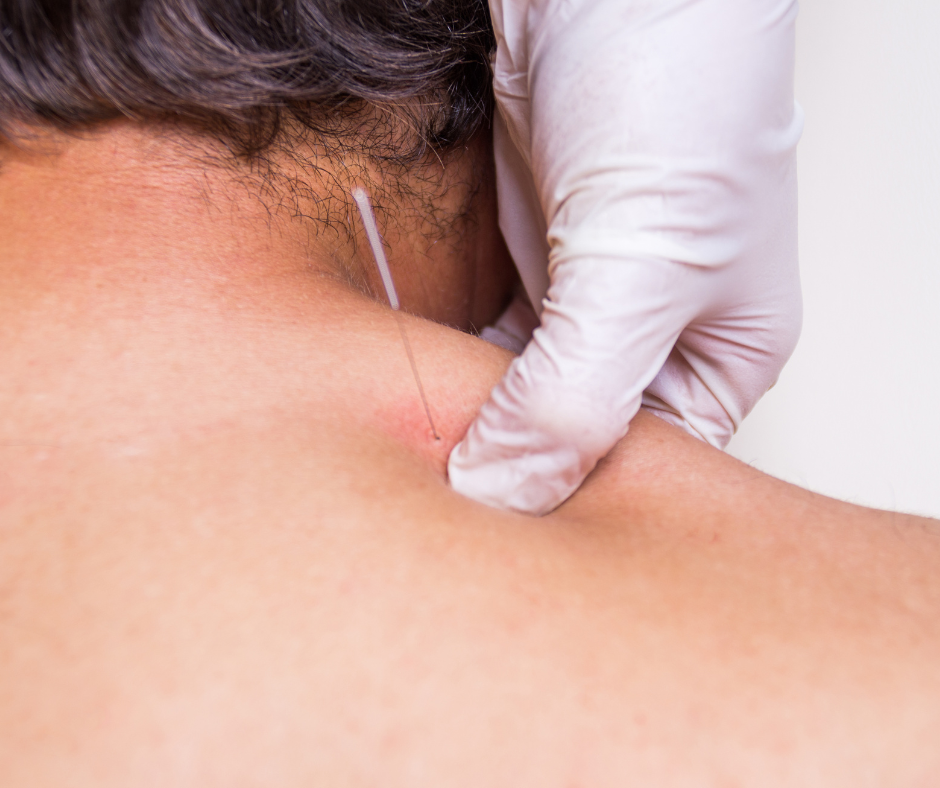
What is Dry Needling?
In the practice of dry needling, your trained practitioner will identify the location of your trigger point through palpation, then insert a thin filiform needle directly through the skin, layers of connective tissue, and adhesions, into the muscle. The presence of the needle will often elicit a cramp, ache, or even a twitch from the muscle tissue, eventually allowing the taut muscle band to relax.
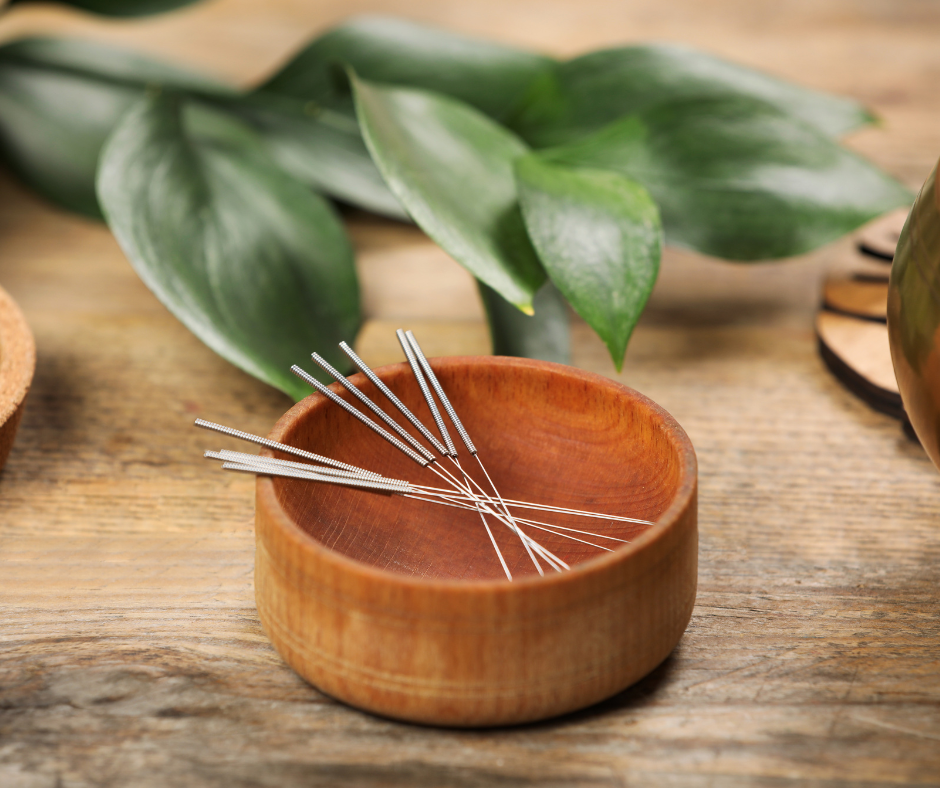
Dry needling is NOT Acupuncture
Although the instruments (the needles) are the same, the practice of acupuncture is very different from TrPDN. Acupuncture is an ancient, traditional Chinese practice that involves superficial placement of needles (just into the top layers of skin), with the goal of changing the body’s flow of energy. Dry needling uses the skill of palpation of the dysfunctional muscle tissue, and insertion of the needle directly into the area of dysfunction with the purpose of eliciting a localized response.
What is a Trigger Point?
A trigger point is “a hyperirritable spot in a taut band of skeletal muscle that is painful on compression, stretch, overload or contraction of the tissue which usually responds with a referred pain that is perceived distant from the spot” -Simmons, et al. Or, more simply put, the hard “knots'' in your muscles that may be causing you pain. Trigger points restrict blood flow, which in turn reduces oxygen to the muscle, and can cause various types of motor dysfunction including weakness, muscular inhibition, imbalance, spasm, or fatigue.
What is a Twitch Response?
A local twitch response is a sudden contraction of muscle fibers in a taut band, and is often a good sign that the treatment will be successful. However, an ache or cramping sensation is just as indicative that the trigger point has been stimulated. These responses in the muscle tissue allow the muscle to return to its normal state by releasing the inflammatory chemicals from the trigger point and restoring adequate blood flow to the area.
Is Dry Needling Painful?
Dry needling involves the use of a very thin needle, so often the actual placement of the needle is barely perceptible. As the muscle tissue reacts, the ache, cramp or twitch can be uncomfortable, but usually lasts only a few seconds. It is common, and should be expected, to experience post-treatment soreness, similar to what you would feel after a heavy workout that could last up to 24 hours afterward. It is encouraged that patients continue to move, stretch, to stay hydrated, and to utilize ice or heat as needed until the symptoms subside.
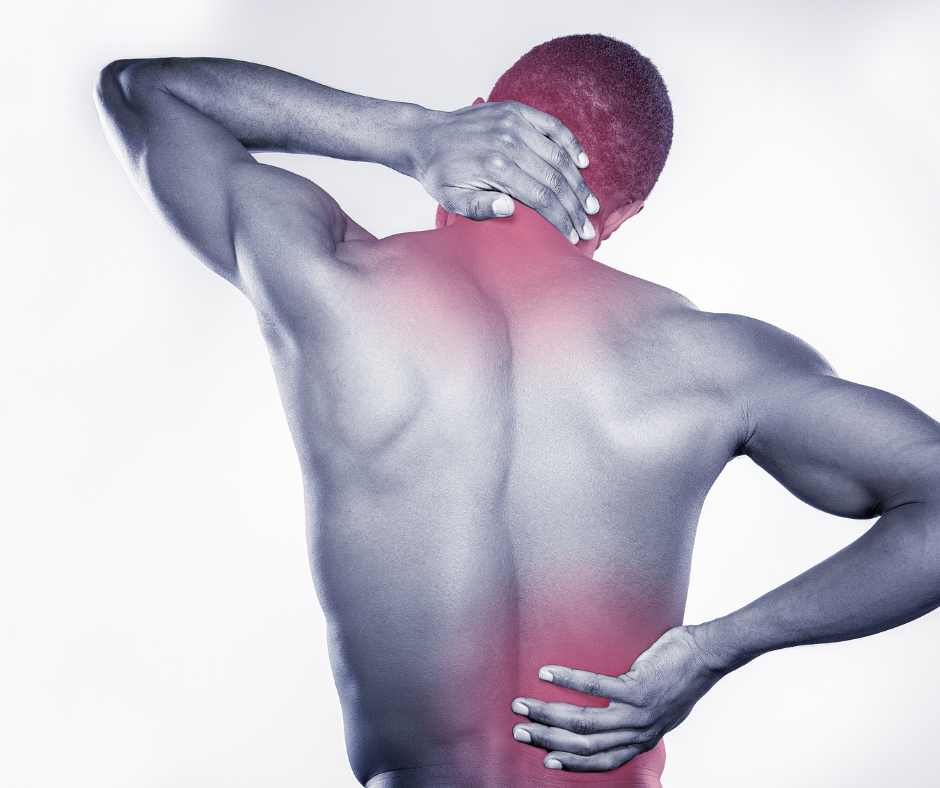
Common Conditions we Treat with TrPDN:
- Headaches
- Neck Pain
- Hip pain
- Low Back Pain
- Shoulder Dysfunction (frozen shoulder, rotator cuff impingement, osteoarthritis)
- Muscle strain/sprain
- Golfer’s/Tennis Elbow
- Shin Splints
- Achilles Tendinitis
Is Dry Needling Right for Me?
Dry Needling is an extremely effective treatment for acute and chronic pain, as myofascial trigger points are the most overlooked yet most common causes of musculoskeletal pain. If you are experiencing decreased flexibility, joint dysfunction, or seeking recovery from physical activity, dry needling might be the right addition to your plan of care.

